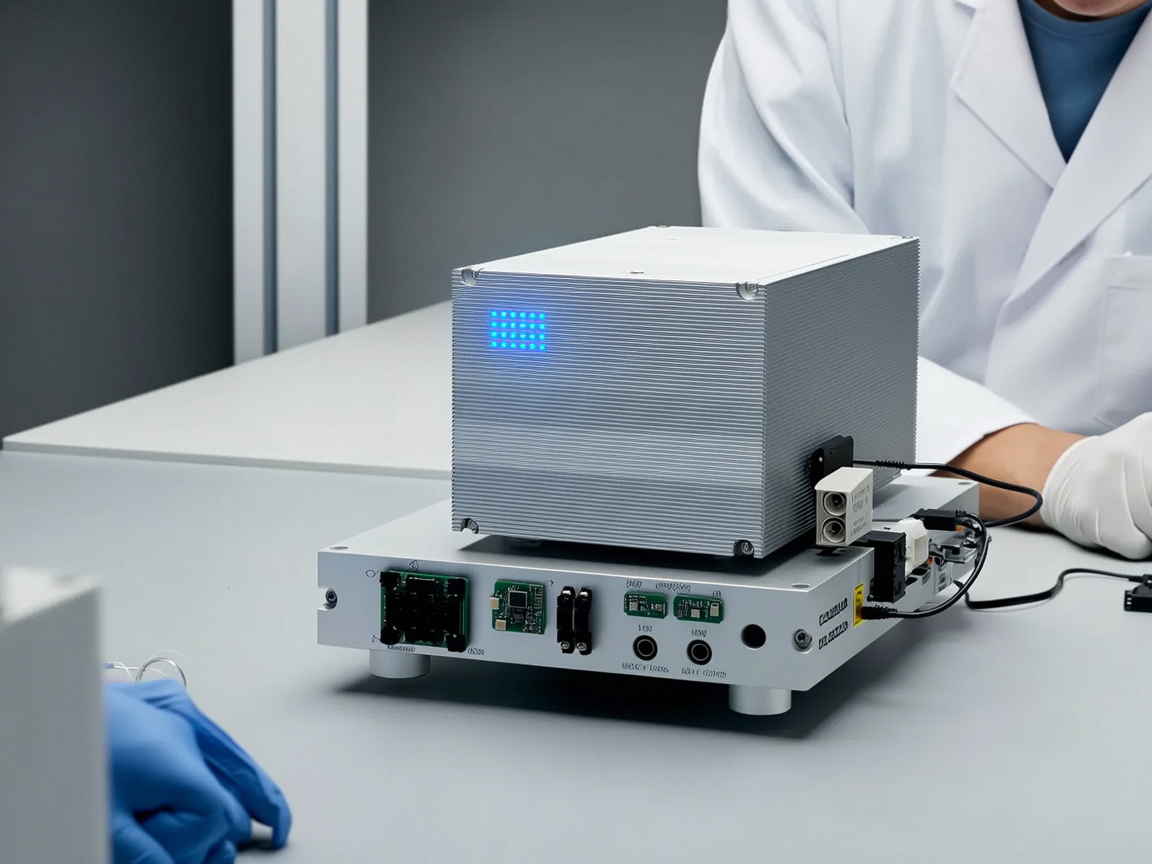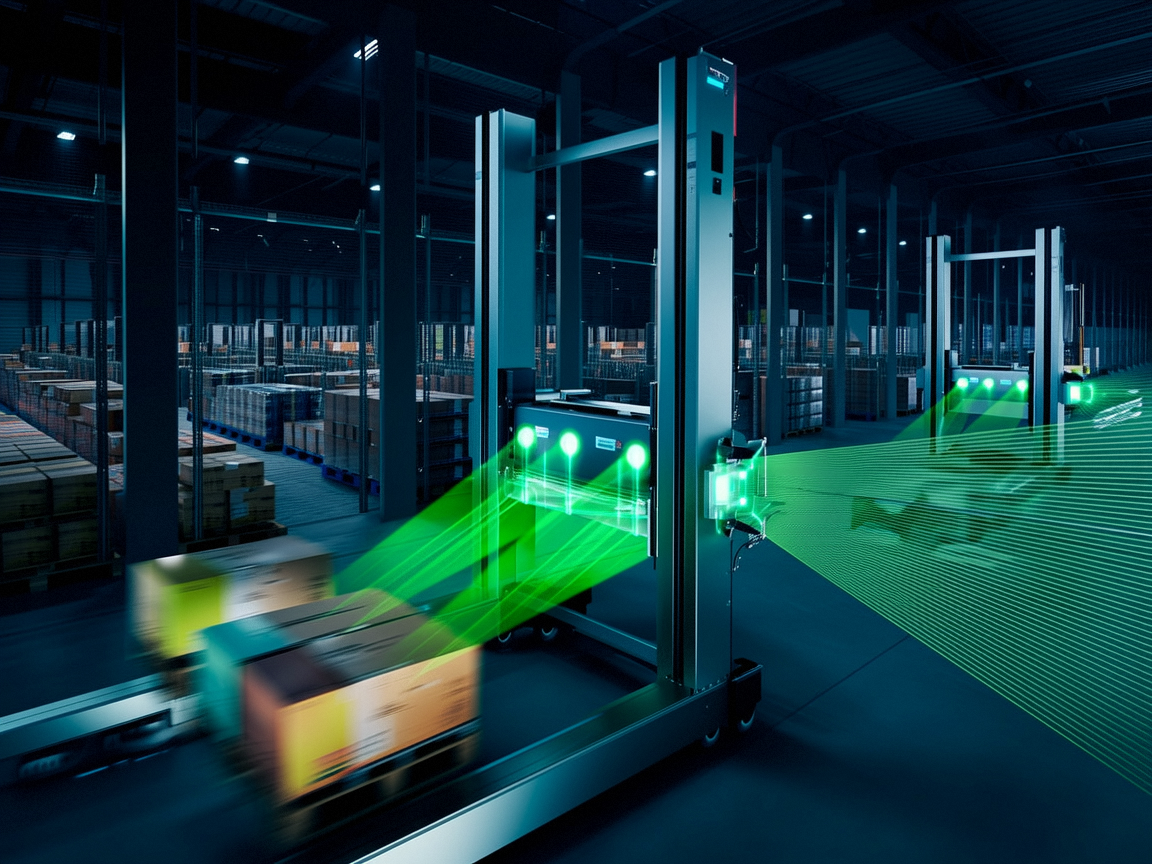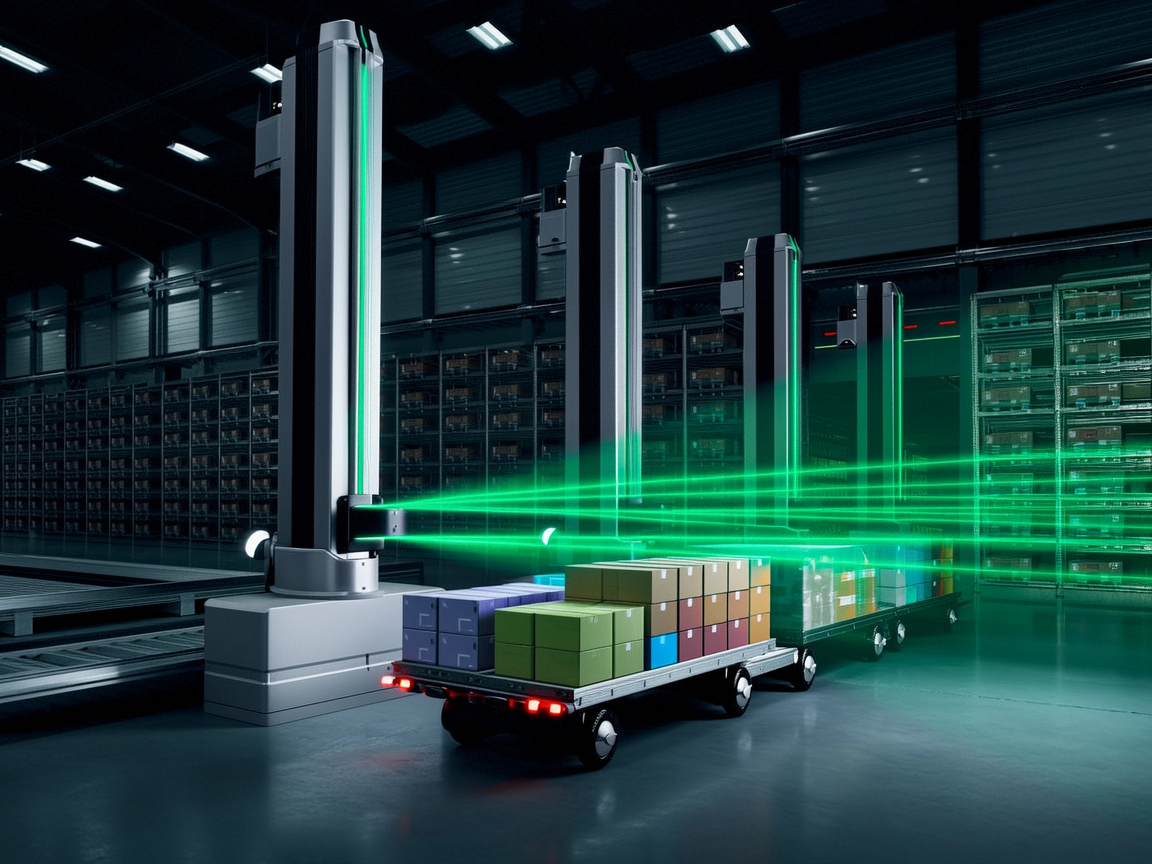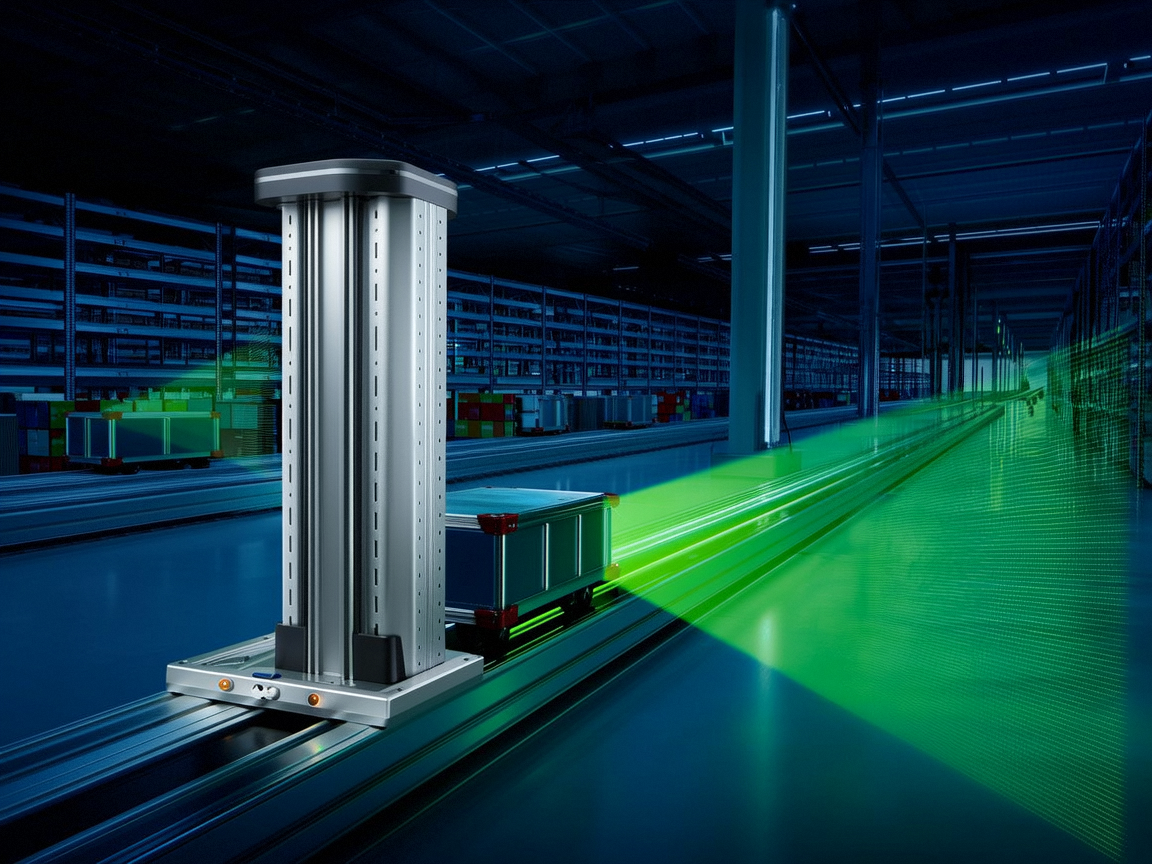
Industrial manufacturing:
Used to measure the position of robots, detect product quality, measure part dimensions, and improve the automation and production efficiency of production lines. For example, in automotive manufacturing, line laser sensors can measure the contour of weld seams to ensure the strength and safety of the vehicle structure; In the precision alignment and assembly process of high-end manufacturing, it can provide micrometer level precision alignment. Manufacturing processes such as laser cutting, welding, and printing also rely on laser sensors to achieve high-precision processing, reduce scrap rates, and improve production efficiency.
In the automotive field:
Used for vehicle speed and distance measurement in intelligent transportation systems; Autonomous vehicle rely on laser radar to emit laser beams and measure reflection time, generate high-precision maps and environmental models, identify obstacles in real time, plan routes, and ensure driving safety. The humanoid robots that perform transportation tasks will use 1-2 laser radars, and as the complexity of the task increases and the number of payloads increases, the demand continues to grow.
Aerospace:
Plays an important role in aircraft navigation, weather detection, target recognition, etc., improving the safety and accuracy of aircraft flight and reducing accidents. In the precision assembly process of aerospace vehicles, laser alignment and measurement systems can provide high-precision alignment to ensure component installation accuracy.
Medical field:
Used for measuring body surface temperature, detecting blood sugar, measuring blood pressure, detecting heart rate, etc., to improve the accuracy and stability of medical equipment, and assist in medical diagnosis and treatment; It is also applied in medical imaging and diagnosis, such as using laser scanners to produce high-resolution medical images, which helps with early diagnosis of diseases, while accurately cutting and treating tissues in laser surgery.
Environmental monitoring:
It can be used for air pollution detection, water quality monitoring, geological exploration, as well as measuring forests, terrain, and marine landforms, providing data support for ecological protection and resource management, and helping environmental protection and sustainable development.
Robotics field:
Lidar is crucial in the navigation and environmental perception of robots, such as commercial service robots, humanoid robots, mechanical dogs, etc. It helps robots perceive their surroundings in real time, achieve high-precision positioning and navigation, and complete various tasks.




















Contact us feel free to call or write anytime, We will call you back soon!